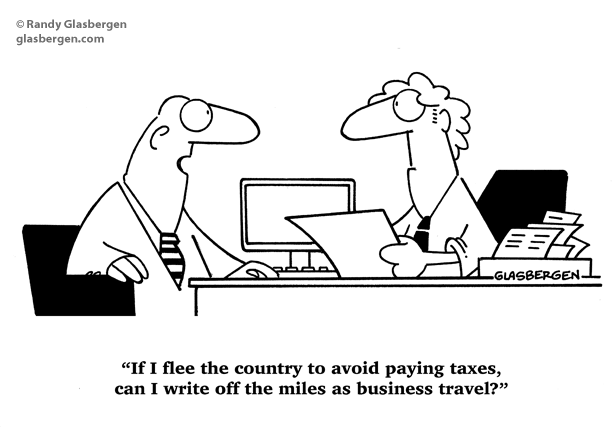How to Stop Expense Reimbursement Fraud

Expense reimbursement fraud schemes are among the most common types of fraud, accounting for 14% of all asset misappropriation fraud schemes, according to the 2016 Report to the Nations on Occupational Fraud and Abuse by the Association of Certified Fraud Examiners.
The organisations that suffer most from expense reimbursement fraud are businesses with fewer than 100 employees, and cases range from a few pounds for non-work related meals to hundreds of thousands in a systematic scheme over several years. This is not surprising given the limited fraud-prevention budgets available to small and mid-size entities. About 51.5% of large corporations have a dedicated fraud department, while only 15.7% of small businesses have them.
How can small and mid-size entities protect themselves?
Travel and expenses policy. A policy plays a key role in ensuring that rules are the same for everybody and all are aware of them. Implement a formal written policy and training on these new rules and deliver it to employees. Distribute a written copy of the policy to all existing employees and include it in the welcome pack for new hires. The policy should include a section on how to handle instances of noncompliance with the policy and punitive measures to be taken in cases of fraud.
Meaningful approvals. In the case study, the sales director didn’t carry out an accurate review of the sales manager’s expenses because he trusted him. This was what gave the sales manager the confidence to perpetrate the fraud comfortably. Trust is essential but should not be a reason to disregard control measures, especially when it comes to fraud prevention. Furthermore, for approvals to be an effective anti-fraud control, approvers need to be aware of which details they have to check and why. After the case came to light, approvers at the food company were given guidelines on how proper meaningful approvals should be carried out.
Cost monitoring. To discourage and detect potential frauds, implement two controls at different stages of the expense reimbursement process. At the food company, the first control had to be carried out when the paper expense claim and the receipts were submitted to the accountant. The documents submitted had to be checked to spot any questionable expenses. In addition, at the end of every month, the accountant had to analyse the average amount spent by employee or by type of cost (eg, meals, fares, and mileage) to spot any unusual trends.




